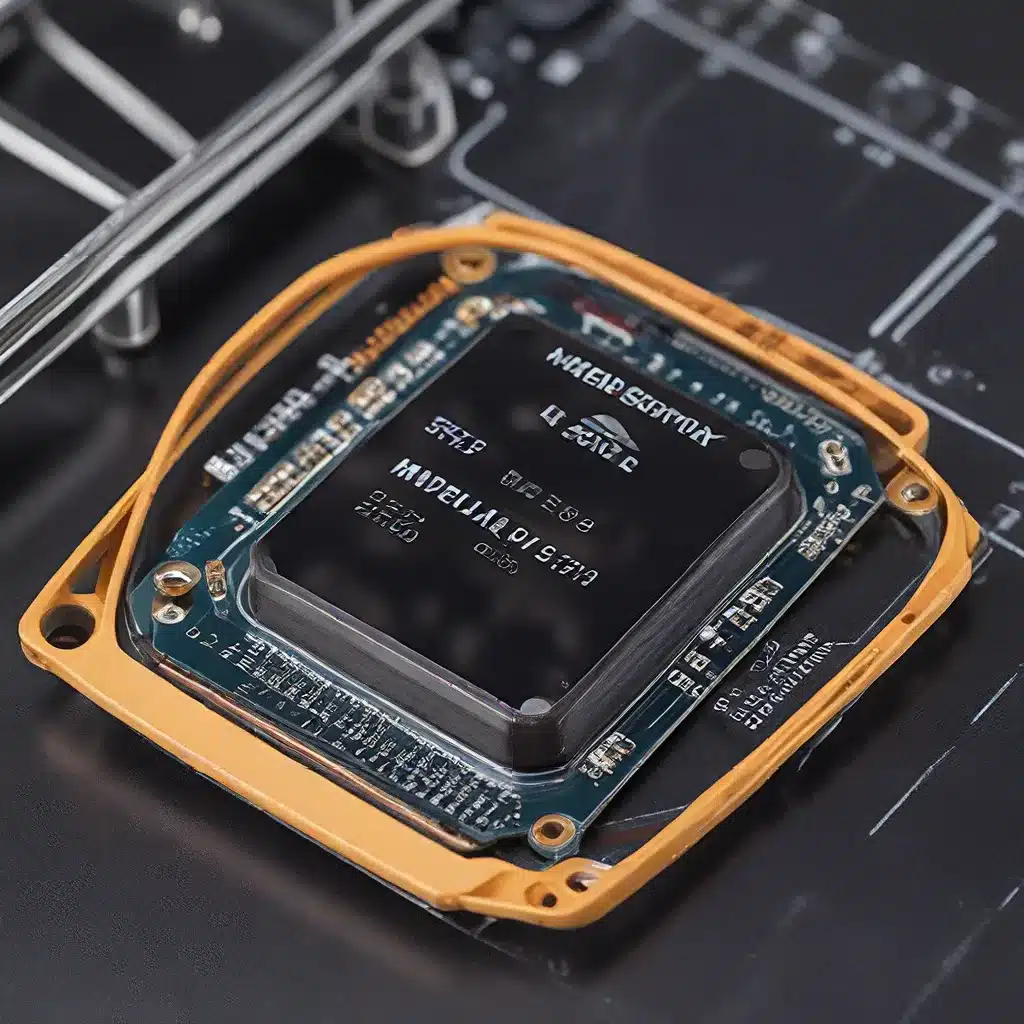
Revolutionizing Sensor Networks with RFID Technology
As the Internet of Things (IoT) continues to revolutionize the way we interact with the world around us, the role of sensor networks has become increasingly crucial. Sensor networks are the backbone of IoT, enabling the seamless collection and transmission of data from a vast array of interconnected devices. One technology that has emerged as a game-changer in this space is Radio Frequency Identification (RFID).
RFID integration within sensor networks offers a multitude of benefits, transforming the way we design, deploy, and manage IoT systems. This article will delve into the key advancements in sensor design facilitated by RFID technology, exploring its impact on IoT functionality, and addressing critical considerations surrounding security and energy management.
Enhancing Sensor Capabilities through RFID Integration
The fusion of sensor networks and RFID technology has led to a remarkable evolution in sensor design and capabilities. RFID tags, with their ability to wirelessly transmit and receive data, can be seamlessly integrated into sensor devices, enhancing their functionality and expanding their applications.
One of the primary advantages of this integration is improved identification and tracking. RFID-enabled sensors can uniquely identify and monitor the objects, assets, or environments they are designed to observe, providing real-time visibility and enhanced data collection. This integration is particularly valuable in supply chain management, asset tracking, and environmental monitoring applications, where the ability to accurately identify and locate specific items or conditions is crucial.
Moreover, RFID integration simplifies sensor deployment and reduces maintenance requirements. The wireless communication capabilities of RFID allow for seamless integration of sensors into existing infrastructures, minimizing the need for complex wiring or physical access to the sensor nodes. This, in turn, enhances the scalability of sensor networks and reduces the overall cost of deployment and maintenance.
Leveraging RFID for Improved IoT Functionality
The synergistic relationship between RFID and sensor networks has unlocked new possibilities for IoT applications. By combining the data capture capabilities of sensors with the identification and communication features of RFID, IoT systems can achieve unprecedented levels of functionality and efficiency.
One standout application is in the realm of supply chain management. RFID-enabled sensors can track the movement and condition of goods throughout the supply chain, providing real-time visibility and improving inventory management. This integration enhances traceability, reduces the risk of lost or misplaced items, and enables proactive maintenance of critical assets.
Another compelling use case is in the area of smart buildings and smart cities. RFID-integrated sensors can monitor environmental conditions, optimize energy consumption, and facilitate automated access control, enhancing the overall efficiency and sustainability of these intelligent infrastructures. By leveraging the wealth of data collected by RFID-enabled sensors, IoT systems can make informed decisions and provide tailored services to occupants and citizens.
Addressing Security Challenges in RFID-Enabled Sensor Networks
As sensor networks and IoT systems become increasingly reliant on RFID technology, the need for robust security measures has become paramount. The wireless nature of RFID communication and the growing interconnectivity of IoT devices have introduced new attack vectors that must be addressed.
Encryption and authentication are crucial components in ensuring the security and integrity of RFID-enabled sensor networks. Advanced cryptographic protocols, such as AES (Advanced Encryption Standard) and elliptic curve cryptography, can be implemented to protect RFID data transmissions and prevent unauthorized access to sensitive information.
Additionally, the use of secure authentication methods, such as challenge-response protocols and mutual authentication, can mitigate the risks of RFID tag cloning and spoofing. These security measures safeguard the identity of RFID-equipped sensors and ensure the legitimacy of the data they transmit.
Optimizing Energy Efficiency in RFID-Enabled Sensor Networks
One of the critical considerations in the design of RFID-enabled sensor networks is energy management. Sensor nodes, often operating on limited battery power, must be designed to maximize energy efficiency to ensure long-term, reliable operation.
Advancements in low-power RFID chip design and energy-harvesting techniques have played a significant role in addressing this challenge. Ultra-low-power RFID tags can operate on minimal energy, extending the battery life of sensor nodes and reducing the need for frequent maintenance.
Furthermore, energy-harvesting technologies, such as solar cells and thermoelectric generators, can supplement the power supply of RFID-enabled sensors, reducing their reliance on batteries and increasing their operational longevity. By carefully integrating these energy-efficient design principles, sensor networks can achieve remarkable sustainability and minimize their environmental impact.
Conclusion: The Future of RFID-Powered Sensor Networks
The integration of RFID technology with sensor networks has ushered in a new era of IoT functionality and efficiency. From enhanced identification and tracking to improved security and energy management, RFID has transformed the landscape of sensor design and unlocked a wealth of possibilities for IoT applications.
As we continue to push the boundaries of sensor network capabilities, the seamless integration of RFID will undoubtedly play a pivotal role in shaping the future of this dynamic and rapidly evolving field. By leveraging the power of RFID-enabled sensors, IoT systems can become more intelligent, efficient, and responsive, transforming the way we interact with the world around us.
To explore more about sensor networks, IoT, and related technologies, please visit sensor-networks.org.